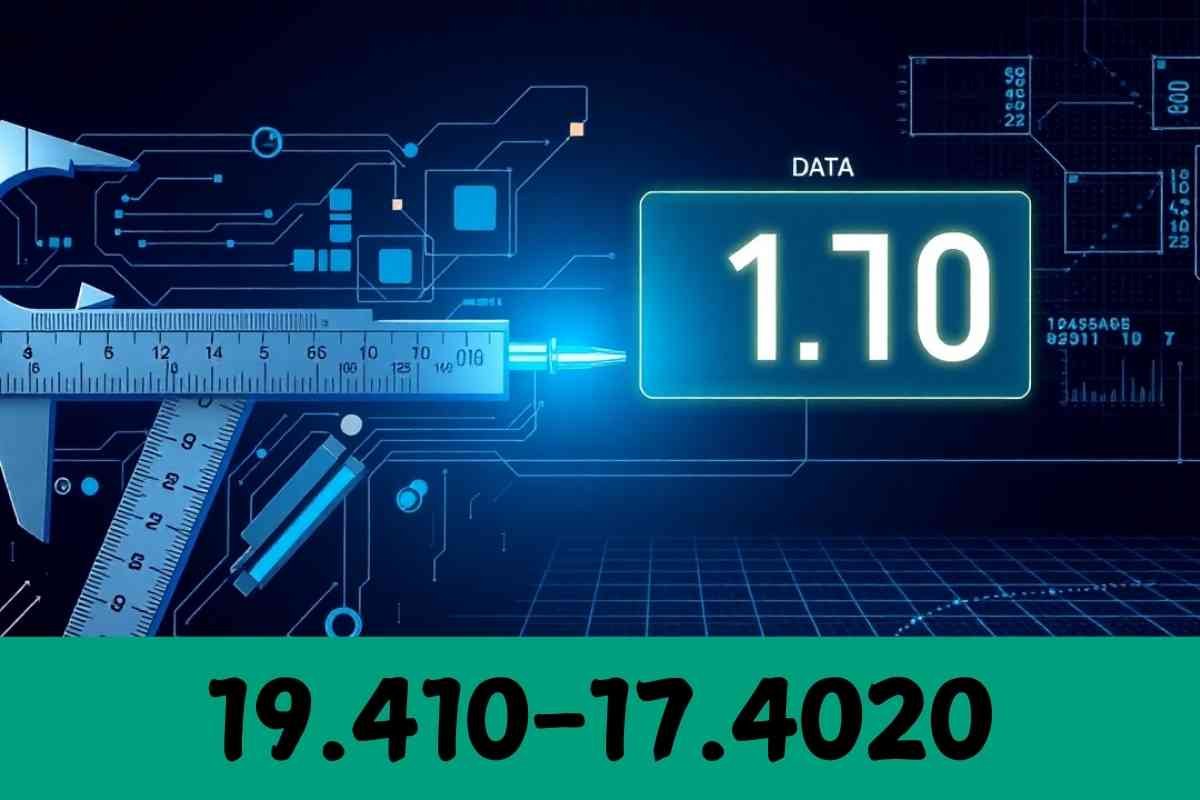The fraction 8.58461538/100, equating to approximately 8.58%, holds meaningful implications in statistical research, hypothesis testing, and decision-making across various fields.
This value represents a unique significance level that, while slightly unconventional, can aid researchers in balancing error rates and practical outcomes in data analysis.
This article will explore what 8.58461538/100 means, how it compares to traditional thresholds, and its applications in fields such as medicine, finance, and social sciences.
We’ll also address common misconceptions and provide a clear guide to help you interpret this threshold effectively for accurate, reliable results.
The Role of 8.58461538/100 in Statistical Analysis:
Definition and Context
In statistical research, significance levels help determine whether observed data supports or refutes a hypothesis.
The threshold 8.58461538/100, or 8.58%, indicates statistical significance.
When p-values (probability values) fall below this threshold, they suggest that the results are unlikely to be due to random chance.
This enables researchers to reject the null hypothesis with reasonable confidence.
Historical Background
The idea of statistical significance, primarily developed by Sir R.A. Fisher in the early 20th century, popularized using a 5% threshold.
Over time, different values like 8.58461538/100 have been considered as alternatives, particularly in cases where a slightly higher tolerance for Type I errors (false positives) might be appropriate, such as in exploratory research or studies where other factors mitigate risks.
The Importance of Flexibility in Significance Levels
In fields where every percent matters, such as medicine or economic forecasting, the 8.58461538/100 threshold offers a middle ground.
It’s higher than the conventional 5% but more cautious than the liberal 10% threshold.
This allows researchers to reduce potential errors without requiring as stringent evidence as the 5% level.
8.58461538/100 in Hypothesis Testing:
Error Types: Type I and Type II Errors
Understanding errors is essential for accurate hypothesis testing:
- Type I Error (False Positive): Concluding a real effect exists when it does not.
- Type II Error (False Negative): Missing an existing effect.
Setting the significance level at 8.58461538/100 implies a willingness to accept an 8.58% chance of a Type I error.
This is crucial in exploratory studies or cases where the consequences of Type II errors (missing real effects) are severe.
P-Values and Hypothesis Testing
In hypothesis testing, the p-value reflects the probability of observing results as extreme as, or more extreme than, those obtained, assuming the null hypothesis is true.
If the p-value is below the 8.58461538/100 threshold, researchers conclude there is enough evidence to reject the null hypothesis.
Read: 5starsstocks.Com Nickel: Nickel Investing for Bright Future
Practical Applications Across Various Fields:
Medicine and Clinical Research
The medical field often requires stringent significance levels due to high stakes.
In preliminary research or less critical testing stages, 8.58461538/100 can serve as a practical threshold, allowing for exploratory findings while keeping errors reasonably low.
For example, if testing a new therapy, this threshold can help screen potential effects before large-scale clinical trials.
Economics and Finance
Economists and financial analysts frequently assess the significance of market trends, inflation rates, or investment returns.
The 8.58461538/100 threshold can reveal significant relationships, such as correlations between inflation and interest rates, offering insights without prematurely narrowing the focus.
Social Sciences
A more flexible threshold like 8.58461538/100 in social sciences can help address complex behaviors or societal patterns.
It is beneficial in behavior, economics, or public health studies, where an overly strict threshold might ignore potentially impactful insights.
Common Misinterpretations and Pitfalls:
Misjudging the Scale
While the 8.58461538/100 threshold can seem minor, it’s crucial to recognize its relevance in the context of each field.
Even slight significant variations can alter conclusions, especially in studies where incremental changes reflect substantial real-world impact.
Confusing Significance with Practical Impact
A common mistake is assuming that statistical significance equals practical importance.
For example, a change found statistically significant at 8.58461538/100 may still lack real-world impact if the effect size is minimal.
Combining this threshold with effect sizes and confidence intervals helps clarify the true significance.
Multiple Comparisons Problem
When conducting multiple tests, each with an 8.58461538/100 threshold, the chance of at least one false positive increases.
Researchers should use correction methods like the Bonferroni adjustment to prevent misleading results.
Statistical Concepts to Know:
P-Value
The probability that the observed results would occur if the null hypothesis were true.
Confidence Interval
A range within which the proper population parameter is likely to fall, aiding in interpreting effect sizes and statistical significance.
Alpha Level (α)
The significance threshold, in this case, is 8.58461538/100.
Effect Size
Represents the magnitude of the difference or relationship, which is crucial for understanding the practical impact beyond significance alone.
Leveraging 8.58461538/100 in Your Research
Deciding When to Use This Threshold
8.58461538/100 may be suitable when:
Exploratory Studies
In early-stage research, where insights are valuable absolute certainty isn’t required.
Balanced Error Tolerance
In cases where an effect (Type II error) is missing, it could lead to a significant loss or risk.
Complex Data
The 8.58% level may provide a helpful compromise when analysing data with multiple variables.
Best Practices for Accurate Interpretation
Report Effect Sizes:
Effect sizes offer context and help clarify the practical implications of statistically significant findings.
Use Confidence Intervals:
These allow for a better understanding of the range and reliability of observed effects.
Maintain Transparency:
Clearly explain the rationale for using 8.58461538/100 and any adjustments made for multiple comparisons.
Read: Semanticlast.Com: Revolutionizing Search And Data Analysis!
Conclusion:
The significance level of 8.58461538/100 offers a valuable threshold for statistical analysis, providing flexibility and utility across a range of fields.
By understanding and appropriately applying this threshold, researchers can make more informed and meaningful conclusions, balancing error risks with practical significance.
Careful interpretation, coupled with effect size and confidence interval analysis, helps ensure reliable and impactful research.
Using this significance threshold thoughtfully can enhance research quality, ultimately contributing to knowledge advancement across disciplines.
FAQs:
Can I apply the 8.58461538/100 threshold to any type of statistical test?
Yes, you can apply this threshold to various statistical tests (e.g., t-tests, ANOVA) as long as it aligns with the goals of your analysis. However, make sure to consider the context and implications of this threshold for each specific test.
How does 8.58461538/100 compare with conventional significance levels like 0.05 or 0.01?
The 8.58461538/100 threshold is more lenient than the 0.05 and 0.01 levels, meaning there is a higher tolerance for Type I errors (false positives). It is often used in exploratory research or situations where missing an effect (Type II error) could have significant consequences.
Are there any software tools that allow setting custom significance levels like 8.58461538/100?
Most statistical software, including R, SPSS, and Python’s SciPy library, allows you to set custom significance levels. You can input 0.0858461538 or round to 0.0858, depending on the precision required.
When using 8.58461538/100, should I still perform a power analysis?
Yes, performing a power analysis is crucial. This threshold can affect the power of a test, so ensuring adequate sample size and power analysis can help detect true effects and reduce errors.
Does the 8.58461538/100 threshold affect effect size requirements?
No, the effect size requirements remain the same. However, interpreting the significance of smaller effects is easier at this threshold, making it essential to also assess the practical relevance of the effect size.
How should I report the use of 8.58461538/100 in research publications?
Be transparent by specifying that an 8.58461538/100 threshold was used and explain why it was chosen. Include this information in your methodology section to inform readers about the criteria for statistical significance.
What is the impact of using this threshold on reproducibility?
Using a less conventional threshold may affect reproducibility, as other researchers might use standard thresholds like 0.05. Providing clear documentation and rationale can help others replicate your study with consistency.
Is this threshold acceptable in peer-reviewed journals?
While unconventional, it can be acceptable if justified properly. Some journals may require more traditional thresholds, so consult journal guidelines and explain your choice.
How should I interpret a result that is barely below the 8.58461538/100 threshold?
Treat borderline p-values with caution. A result near this threshold could indicate a weak effect or potential noise, so corroborate findings with effect size, confidence intervals, and potentially further studies.
Can I use 8.58461538/100 as a cut-off in machine learning models or data-driven projects?
Yes, but be aware that machine learning projects often rely on cross-validation rather than significance thresholds. If you use it, explain its role in selecting features or evaluating model performance.





